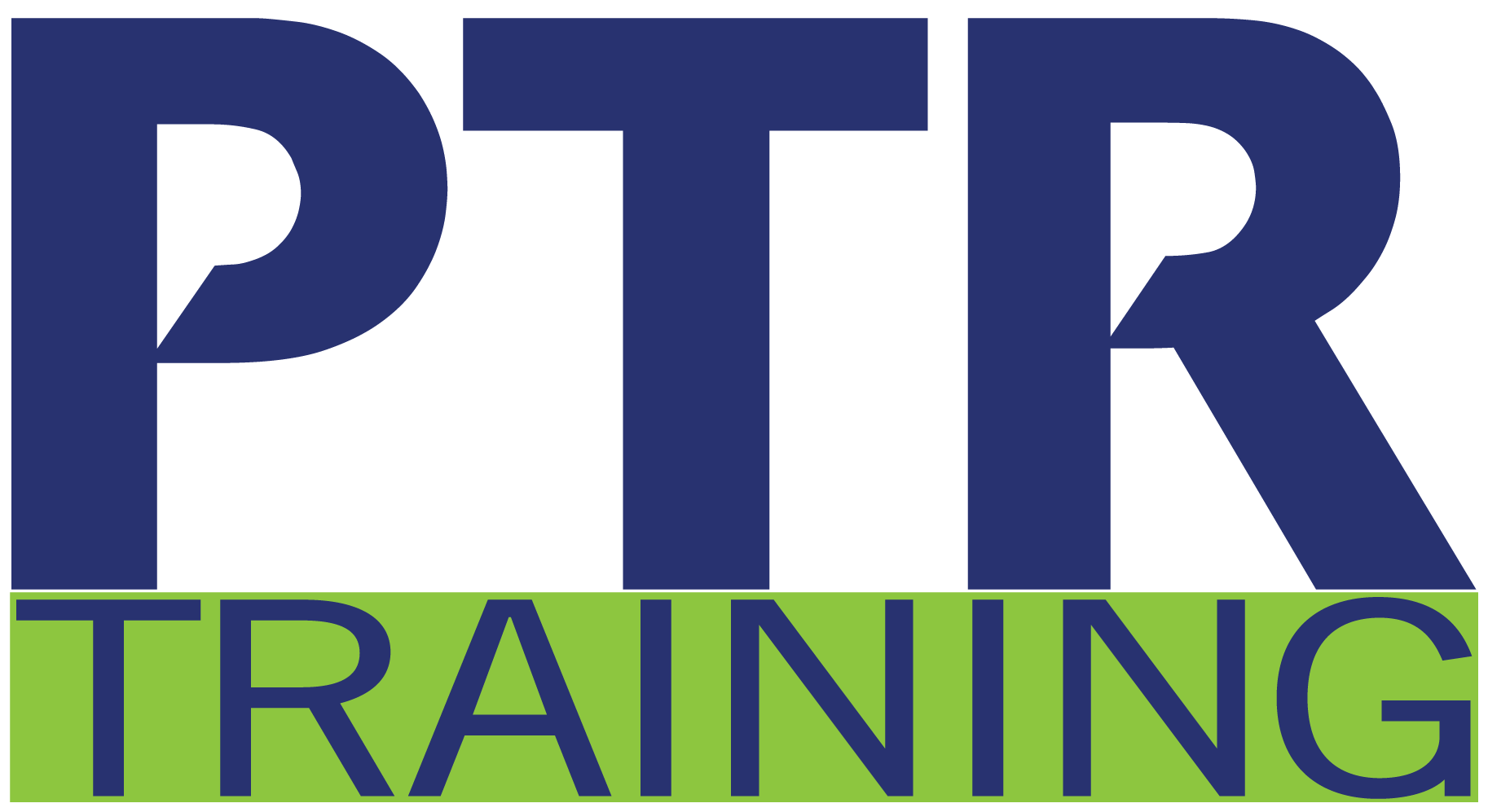Formats: 20-40-hour virtual course | 5-10-day instructor-led onsite
This diversity and inclusion series teaches participants to appreciate all types of people and how one’s historical culture shapes current attitudes towards individuals from other cultures. You will explore diversity and differing perspectives and create a workplace that is accepting and appreciative of all types of employees.
Learning Objectives »
- Apply the dimensions of diversity in the workplace.
- Review discrimination laws and apply prevention practices.
- Overcome stereotypes and bias.
- Appreciate and work with persons different from you.
- Recognize harassment and apply appropriate responses.
Course Agenda »
Benefits of Diversity and Inclusion
- Defining Diversity
- Dimensions of Diversity
- Benefits and Challenges of Diversity
- Behaviors, Attitudes & Values
Discrimination and the Law
- EEO Laws and the EEOC
- Discriminatory Practices
- Types of Discrimination
- Protecting Against Discrimination
Cultural Diversity
- Stereotypes, Prejudice and Discrimination
- Signals and Visual Behaviors
- Equal Opportunity vs. Mutual Respect
- Overcoming Bias and Stereotypes
Intergenerational Sensitivity
- Workplace Characteristics
- Communication Between Generations
- Working with Generational Teams
- Resolving Conflict Between Generations
Gender Inclusion
- What is Gender Discrimination?
- Title VII (Civil Rights Act of 1964)
- LGBTQ+ Protections
- Promoting Gender Equality
Disabilities and ADA
- ADA Titles
- Nondiscrimination Requirements
- Other Disability Protections
- Reasonable Accommodations
Unconscious Bias
- Types of Unconscious Bias
- System 1 and System 2 Thinking
- Methods of Overcoming Unconscious Bias
- Evidence-Based Decisions
Workplace Bullying
- Bully Attitudes and Behaviors
- Subtle and Unsubtle Cues
- Recognizing the Symptoms
- Professional Workplace Interactions
Sexual Harassment
- Sexual Harassment Law
- Identifying Unlawful Harassment
- Avoiding Sexual Harassment
- Retaliation
Bystander Intervention
- Barriers to Bystander Intervention
- Bystander Intervention Model
- Intervention Strategies
- Do’s and Don’ts


